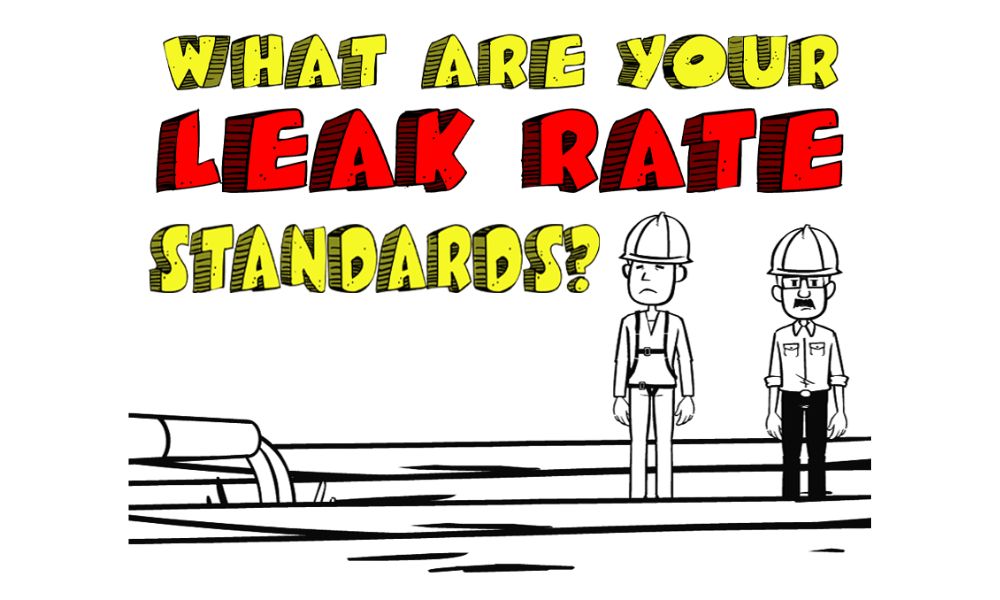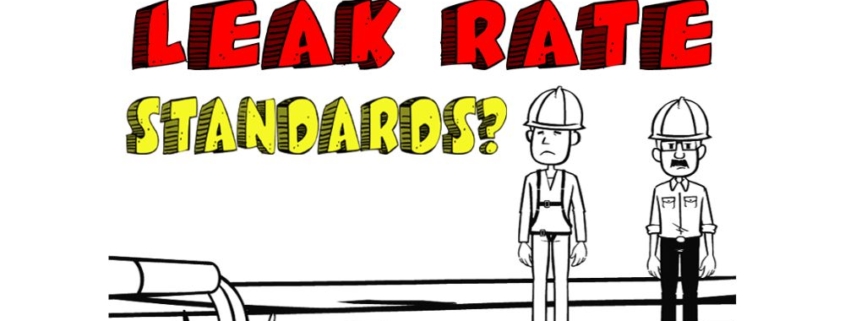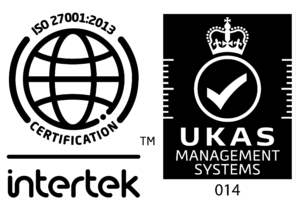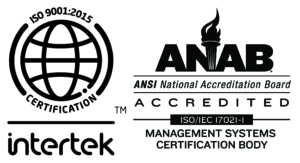
The need for responsible and sustainable operations has never been more critical in our evolving energy landscape. Essential aspects of this responsibility are establishing and maintaining leak rate standards. Learn more about the importance of these regulations.
What Are Leak Rate Standards?
Leak rate standards dictate the acceptable level of emissions during various industrial processes, particularly in the oil and gas industry. These standards encourage companies in this industry to minimize the release of harmful pollutants and volatile organic compounds (VOCs) into the atmosphere from equipment leaks. The standards cover different equipment with unique leak rate limits, including valves, pumps, connectors, and flanges.
Various regulatory bodies, such as the Environmental Protection Agency (EPA) in the United States or the European Union’s Industrial Emissions Directive, set these limits to ensure industries operate responsibly and contribute to a cleaner environment. The New Source Performance Standards set by the EPA is a prime example of industry-specific leak rate regulations. Alternatively, some businesses set their own standards at or above those recommended by government oversight agencies.
The Importance of Compliance
Leak rate standards play a significant role in protecting public health and the environment. Emissions from industrial leaks can contribute to air pollution, which is linked to various health issues, such as respiratory problems, cardiovascular diseases, and even cancer. By adhering to established leak rate standards, energy companies can minimize the release of harmful pollutants and demonstrate their commitment to safeguarding the well-being of surrounding communities.
Compliance with leak rate standards helps energy companies maintain a positive reputation and strong relationships with regulatory bodies, stakeholders, and the general public. Non-compliance often leads to fines, penalties, operational shutdowns, or legal actions that can damage a company’s reputation and erode trust among investors and customers.
Financial Benefits
Adhering to leak rate standards also yields substantial financial gains for energy companies. By implementing LDAR programs, companies can identify and repair leaks more efficiently, reducing the loss of valuable resources such as natural gas or other chemicals. This can improve operational efficiency, leading to cost savings and increased profits.
By proactively addressing leaks and complying with regulations, companies can avoid costly fines, penalties, legal liabilities, and damaged assets. In some cases, energy companies are eligible for tax incentives or credits for demonstrating exceptional compliance or implementing emission reduction technology.
Establishing and adhering to leak rate standards are important for energy executives and professionals working in refineries and processing facilities. Companies can protect public health, reduce environmental impact, maintain a positive reputation, and reap financial benefits by embracing proper LDAR protocols and practices. Ensure your facility has the ideal leak detection equipment by exploring our selection of FID analyzer devices and related products at LDARtools!





